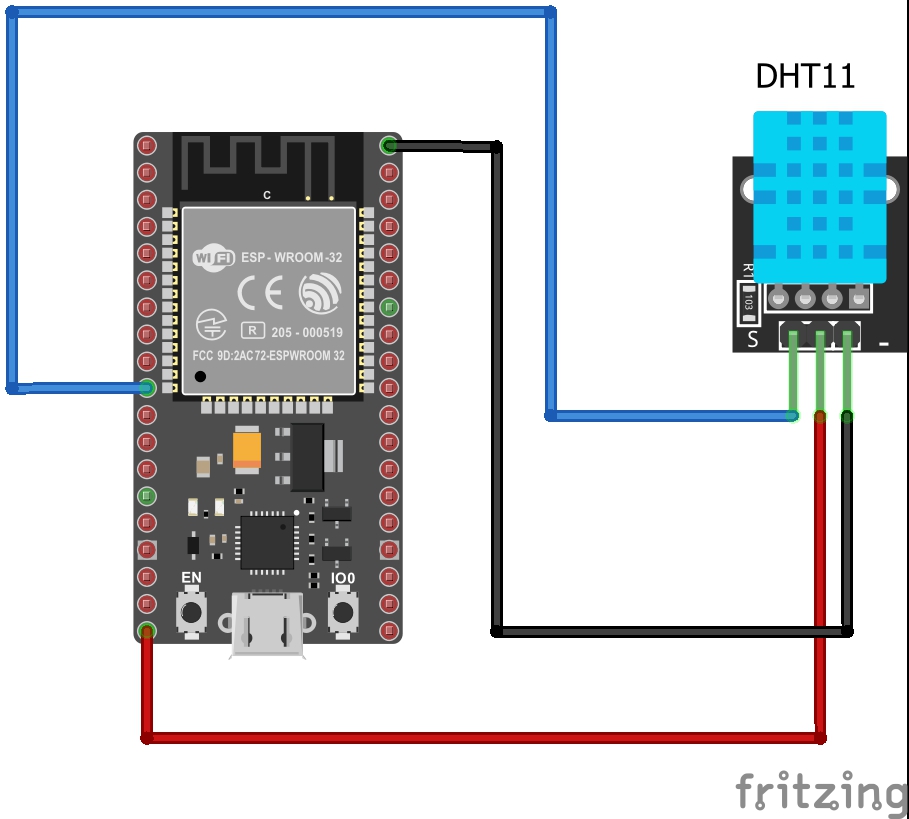

You can then read the ADC, and you have a baseline calibration - "voltage 2" as noted in #614799 's posting. You place it over the mic, and flip the switch to generate a known amplitude sound. The first way would be to use a reference SPL generator, such as the Amprobe SM-CAL1. There are a couple of ways to do those, but both require some external hardware. So back to the problem at hand: it sounds like you both want to calibrate the sound detector in terms of meaningful dBSPL. The Wikipedia page for decibels contains a number of examples, and further references to specific versions of dB. If the put a 1Vp-p signal in, and a 2Vp-p signal comes out, we can say that it's been increased by 6 dB, relative to the input level.but not relative to any specific standard. In the sound detector hookup guide, the numbers for dB are being used to express how much voltage gain the amplifier is providing - the relative change between the input voltage and the output. I think this may be contributing to the confusion. Just "dB" by itself refers to a relative change. The actual unit gets a suffix that indicates a particular standard reference - dBSPL indicates the acoustic pressure of sound, dBm, dBV and dBu refer to different electronic cases. For both of these cases, members #614529 and #614799, you'll need to calibrate the sound detector.ĭB can be a bit confusing as a unit, because by itself it only refers to a relative change between two things.


 0 kommentar(er)
0 kommentar(er)
